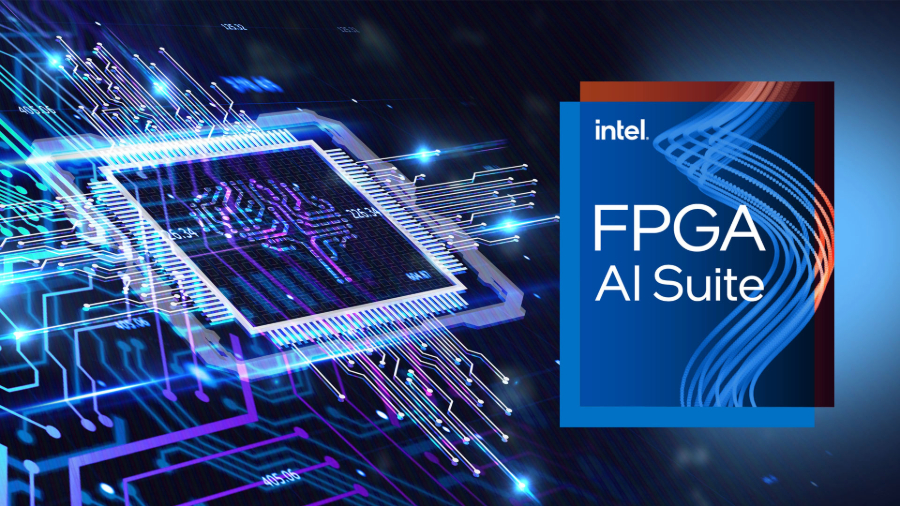AI on FPGA
FPGAs are made from semiconductor devices that can be easily programmable by the developer. With the help of hardware description languages like VHDL or Verilog, they can be able to write the program on the internal circuit. It can be programmable based on the user application. It means that your code is applied to the circuit for the specific application. Another advantage will be based on the user’s needs.
Nowadays AI plays a major role in the world. The combination of Xilinx and AI is called Mipsology which is used to enable FPGA to replace GPUs in AI accelerator applications. It is a software-based application that converts GPU code to executable code on Mipsology’s AI compute engine on FPGA. FPGAs are cheaper than the other programmable devices. And also less power consumption. On the other hand, ASICs are used for high speed with low power consumption.
AI accelerator boards
Many companies like NVIDIA are involved in making AI accelerator development boards. It is the integration of AI into IOT on edge. But in edge computing specialized hardware is employed to increase speed with low latency. The main advantage will be processed data stored on the cloud. So it requires less cloud storage space and less energy. Hence it will be more comfortable for the developer to display their AI applications on edge. More benefits will come into the picture on edge computing-based development boards. Here it is mentioned that the following boards are the examples which specifically developed for AI applications.
Google’s Coral Dev board is a single-board computer that contains a Tensor Processing Unit (TPU). It is built by Google specifically for neural network machine learning. This coral Dev Board supports Tensorflow Lite and AutoML Vision Edge. It is suitable for IOT applications. BG24/MG24 SoCs from silicon labs introduce the BG24 and MG24 families of 2.4GHz wireless SOCs. It is built with an AI accelerator which comes as a new software tool kit. This co-optimized hardware and software will support AI/ML applications. Also, it is a battery-powered edge device. High performance can be achieved. It has a dedicated security core called Secure Vault. So it is highly suitable for data-sensitive IOT applications. In addition to this accelerator is designed to perform complex calculations quickly as well as efficiently. It eliminates network latency and automatically we can save the power. Their software tool kit supports some of the most popular tools like TensorFlow. This BG24 and MG24 wireless SOC has broad wireless multiprotocol support, battery life, machine learning, and security for IoT edge applications.
For the purpose of enabling neural networks, Maxim’s MAX78000 development board was coupled with an artificial intelligence microcontroller. Execution requires an extremely modest amount of power. Integrated into the package is a convolutional neural network (CNN) accelerator, which makes it possible for applications to run on battery power and carry out AI judgments. There is a storage memory capacity of 442 KB. Consequently, it is built on SRAM and offers greater flexibility when it comes to training in convolutional toolkits like PyTorch and TensorFlow.
The Kria KV260 vision AI starter kit is a development platform for Xilinx’s k26 System on Module (SOM), which primarily focuses on artificial intelligence applications in various settings, including smart cities and industries. It is on the basis of FPGA. This gives the user the ability to create a function that is unique to them. Additionally, it is being put to use in the development of medicinal applications.
Gluon AI co-processor is developed by AlphaICs. And it is completely optimized for vision applications. The main advantage of the accelerator provides maximum throughput with low latency and low power. It is built with SDK tools for the deployment of neural networks. And also it offers an evaluation board to develop AI hardware.
This device, which is known as Intel’s Neural Compute Stick 2 and resembles a USB pen drive, is manufactured by Intel. AI and computer vision are brought to edge devices via this technology. In addition to that, it has a hardware accelerator that is specifically designed for deep neural interfaces. Additionally, the Movidius Myriad X vision processing unit (VPU) serves as the foundation for this board. Therefore, it will make prototyping relatively simple and will increase the functionality of applications such as smart cameras, drones, and robots.
Source

